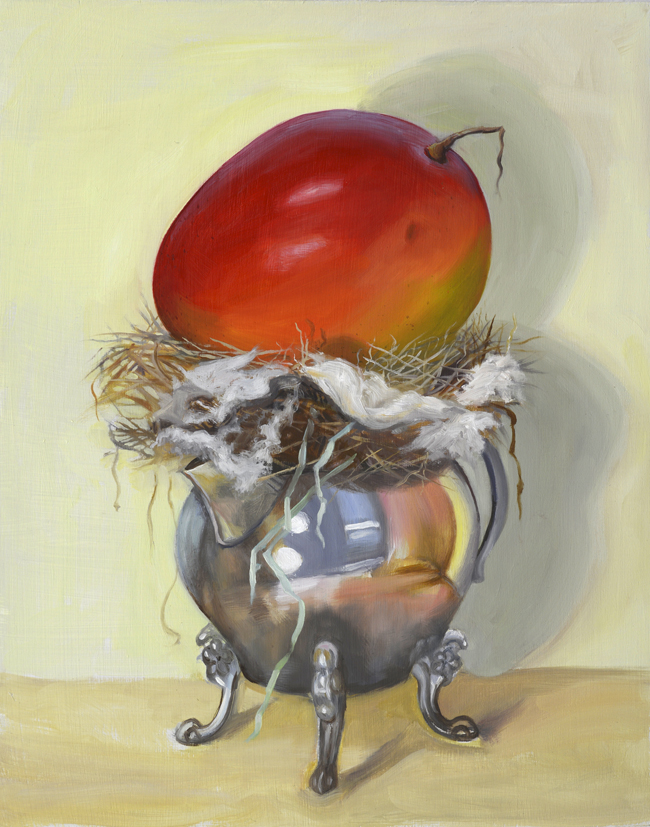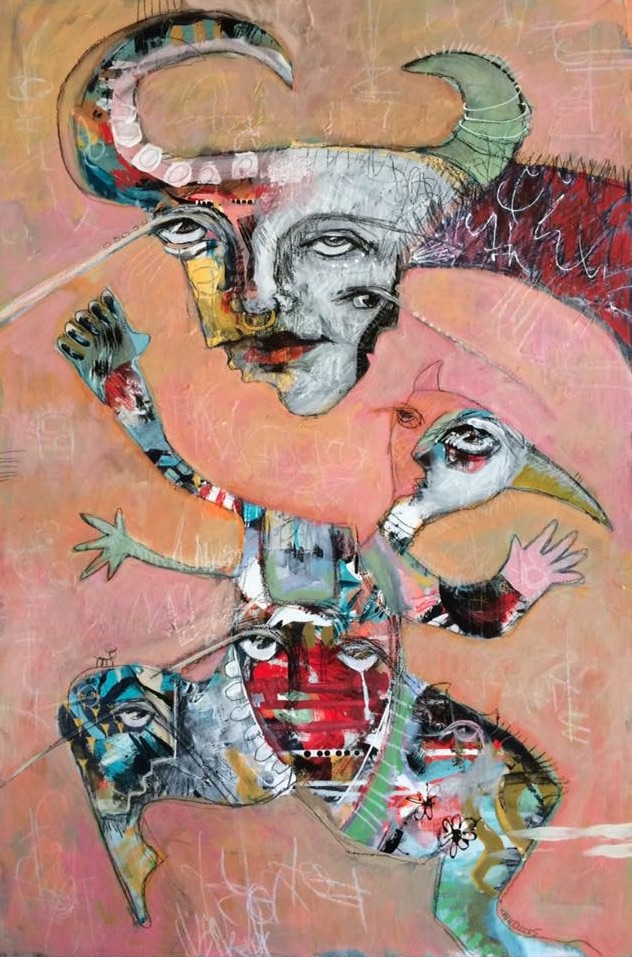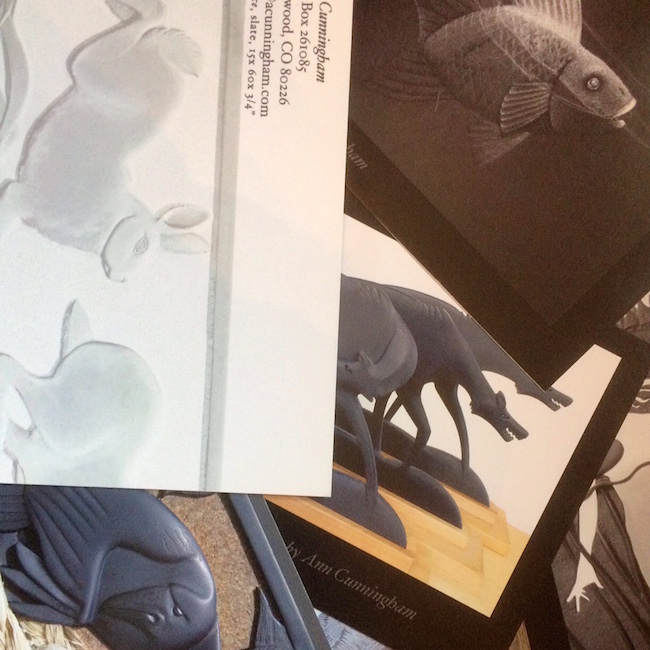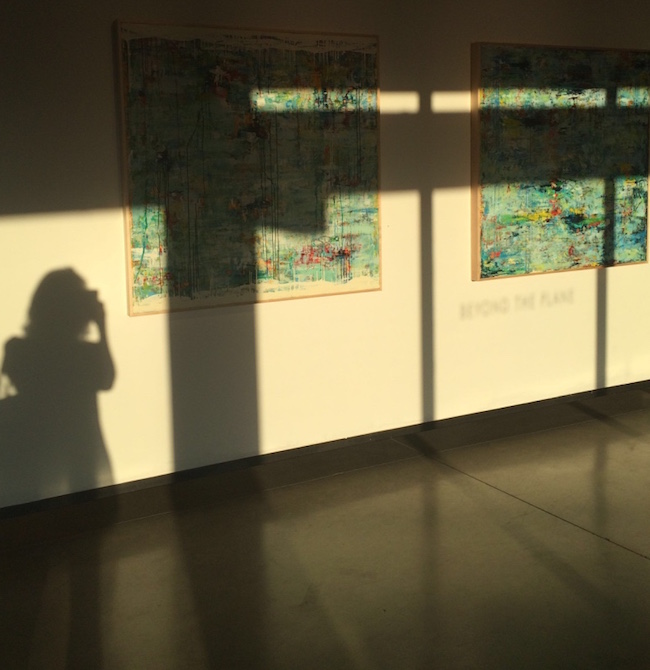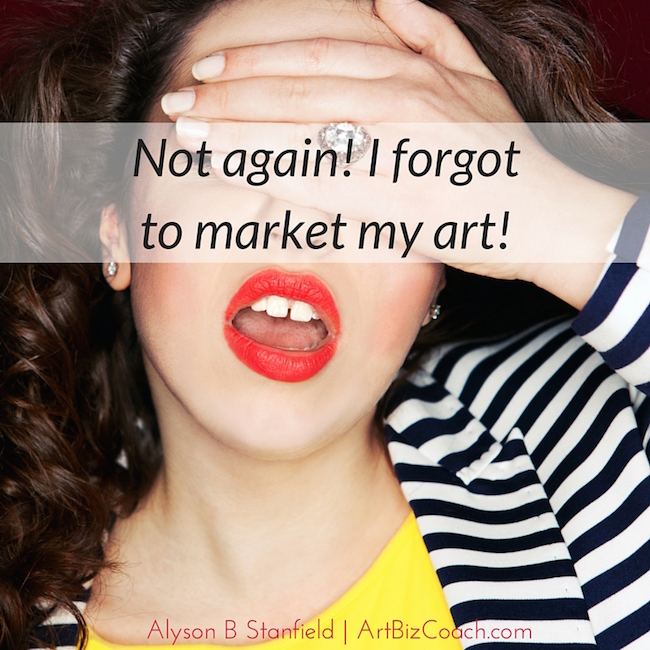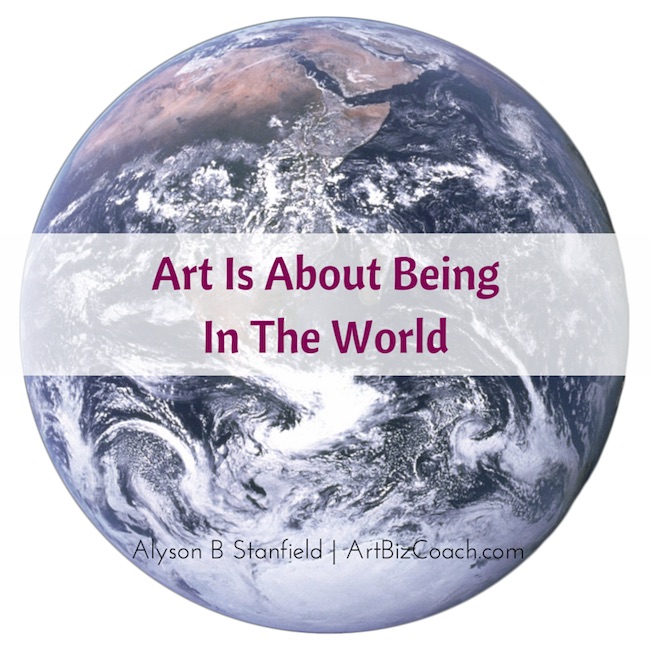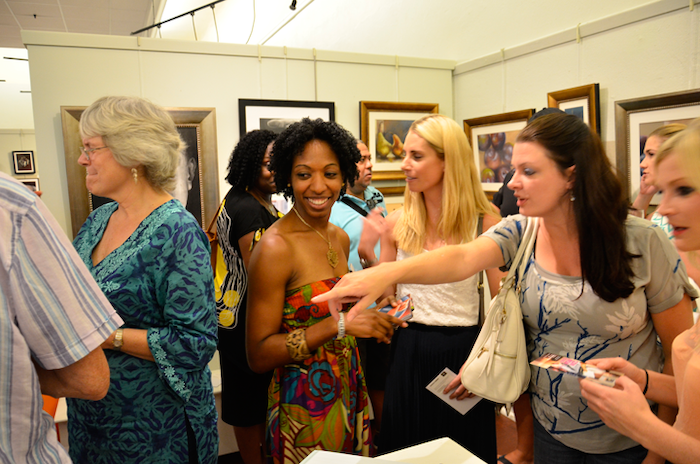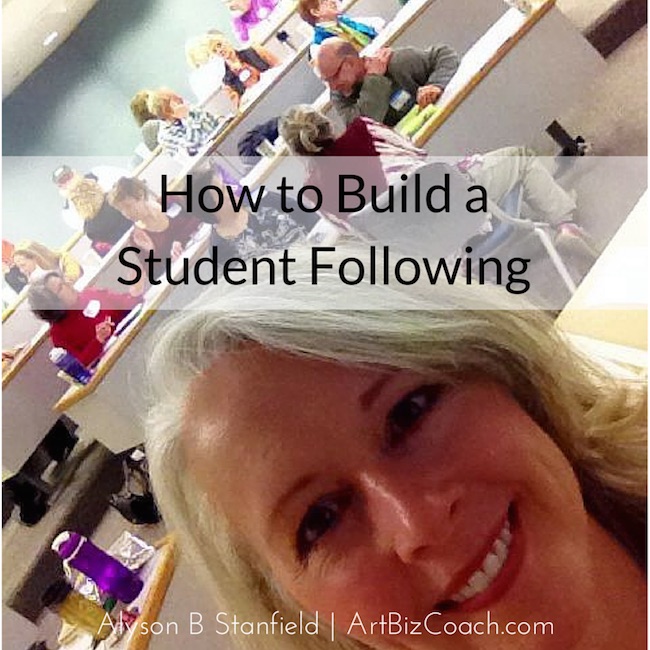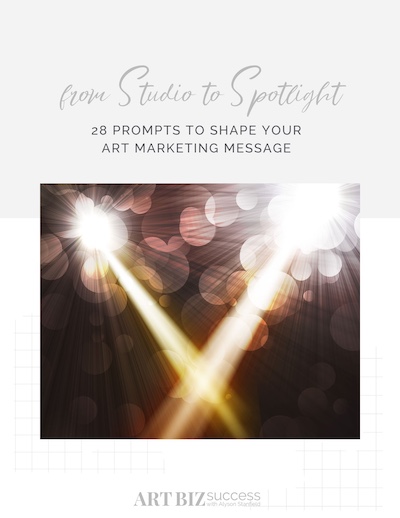Empower Yourself By Taking 100% Responsibility
External factors do not determine how you live. YOU are in complete control of the quality of your life, by either creating or allowing the circumstances you experience.
It was in Jack Canfield’s seminal book, The Success Principles, where I first read about the necessity of taking 100% responsibility for your life. In fact, it’s no lower on the list than Principle #1 in the book of 64 principles.
He’s pretty clear. It’s not 100% responsibility for this or that. It’s 100% responsibility for EVERYTHING. This means:
- You have to give up all of your excuses.
- You have to give up blaming.
- You have to give up complaining.
Here’s the thing about taking 100% responsibility: It puts you in charge.
I understand that this amount of control can be daunting for a new business owner, but wouldn’t you rather have control than to cede it to others?
Embrace this power!
If you’re frustrated by your results, or lack thereof, don’t blame the economy, the online platform, the weather, other artists/people, or the venue.
Instead, consider the things you can control. This is taking responsibility and being a savvy businessperson and more enlightened human being.
Empower Yourself By Taking 100% Responsibility Read

